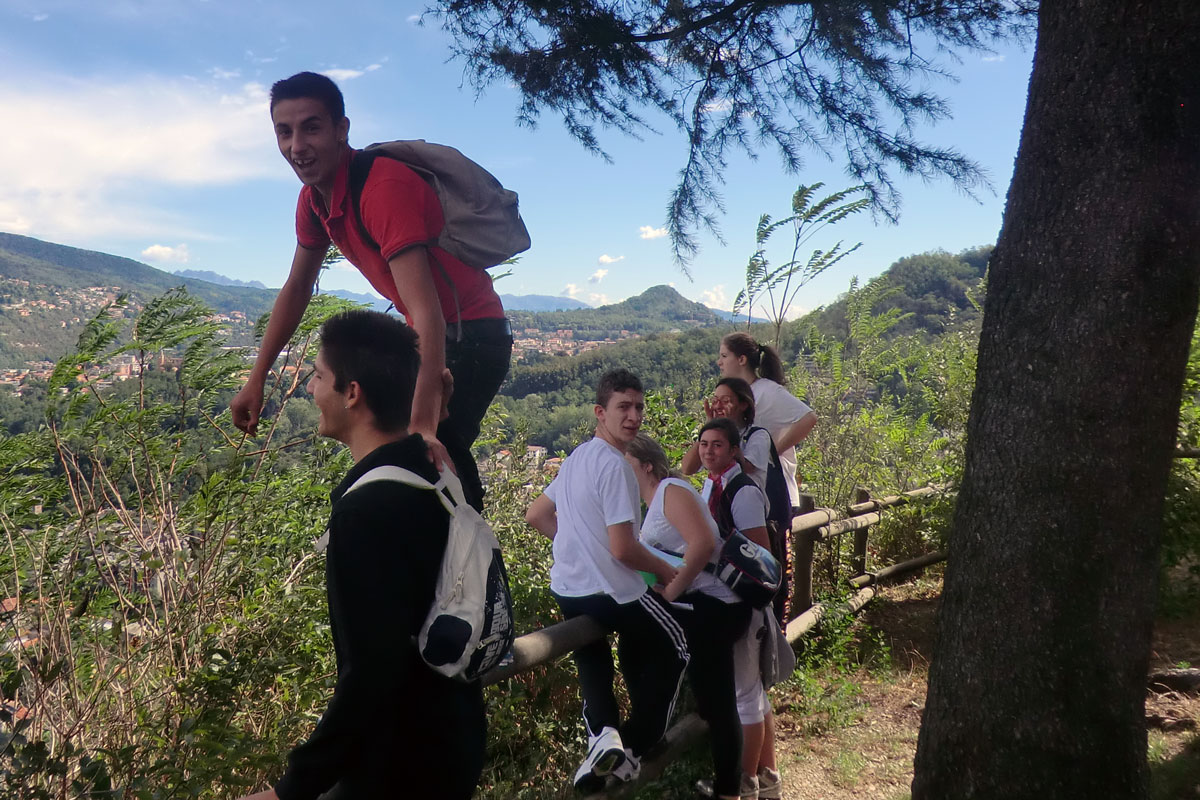Based on empirical findings in an Erasmus+ KA2 project titled “Leadership for Learning in VET”, the purpose of this paper is to reveal an empirically based DNA-model symbolizing the individual capacity of leadership for learning. Using the term “leadership for learning”, we address the connection between principals’ leadership for learning and teachers’ leadership for learning in VET. We found the DNA-model to be built by two strands of brick-stones: “Professional Skills and Knowledge” in wired with “Personal Attitude and Beliefs”. The findings presented in this paper are the result of a multiple case study conducted in collaboration with “leaders for learning” across domains of leadership for learning, across four VET schools, and across countries in the EU.
Tag: Teaching
Games as teaching method
A didactic game is construed as some sort of game where set rules are observed. It is an educating tool serving the didactic purpose. An important aspect of the game is to achieve a strictly defined score. Competences acquired when playing didactic games, e.g. persistence, critical thinking or readiness to run risk, facilitate the development of entrepreneurial attitudes. Examples of didactic games strengthening those competences are location-based games and strategic games.
(Article by Natalia Kaszkowiak and Joanna Tobys, based on the Erasmus+ project Trio2Success outputs)
Il team building nella didattica. Dal corpo docente alla squadra di classe

Questo documento si propone di indagare la possibile correlazione tra attività di Team Building, formazione di un Corpo Docente all’interno di un percorso scolastico e didattica esperienziale. Il Team Building è sempre più valorizzato in ambito aziendale come attività capace di rendere squadra un gruppo di lavoro. Analizzando alcuni concetti teorici di tali pratiche, si vorrà individuare le dinamiche in atto, proponendo un’ipotesi di sviluppo di queste in ambito scolastico, dal punto di vista della formazione del Corpo Docente. In seguito, proponendo un modello frattale, si analizzerà come questo abbia delle conseguenze positive in ambito didattico, sia dal punto di vista strategico che di risultato.


